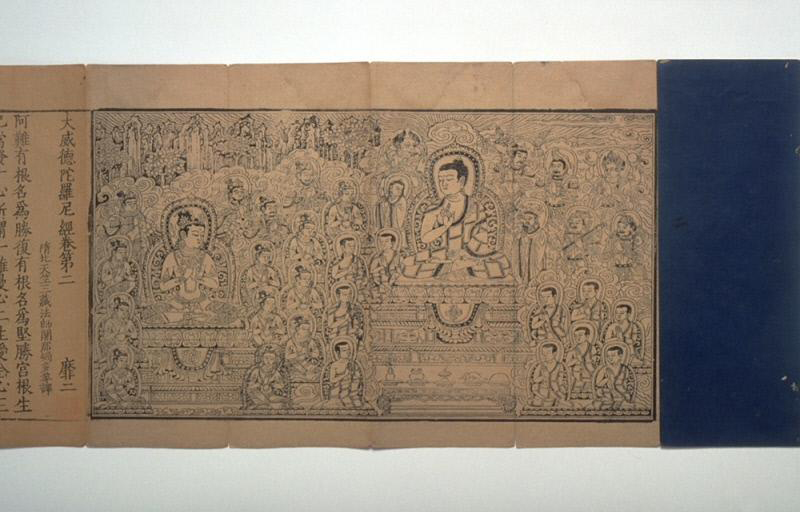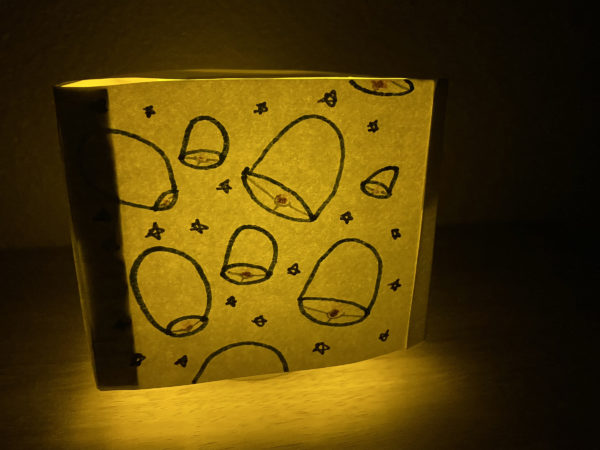Among the most globally significant innovations of the Tang (618–906) and Song (960–1279) dynasties were the inventions of woodblock printing and moveable type, enabling widespread publishing of a variety of texts, and the dissemination of knowledge and literacy. Scholars believe that woodblock printing first appeared in China around 600, probably inspired by the much older use of bronze or stone seals to make impressions on clay and silk, and the practice of taking inked rubbings of inscribed texts from bronze and stone reliefs. The process for block printing on paper was perfected by the end of Tang dynasty.
Once printing became widespread, it also stimulated the development of a sophisticated paper industry with many different specialized papers created for different purposes. Wood for printing blocks usually came from date or pear trees. Text to be printed was first written on a sheet of paper. The paper was then glued face-down to the wood block and, using a knife, the characters on the paper were carefully engraved on the wood. The surface of wood block was then inked and covered with a sheet of paper. By gently brushing the paper over the engraved characters, the text was printed.
At first, woodblock printing was mainly used for printing books on agriculture and medicine, as well as for printing calendars, calligraphy, and auspicious charms. In 762, the first commercially printed books were sold in the markets of Chang’an, the Tang capital. In 782, printed papers were available in the marketplace as receipts for business transactions and tax payments.
Although woodblock printing played an important role in the spread of information and commercial transactions in China, it was a time-consuming technology. For example, in 971, at the beginning of Song dynasty, the monk Zhang Tuxin began a project to print the Tripitaka (a collection of essential Buddhist scriptures) using wood blocks. It took him twelve years to finish printing the 1076 volumes. The limitations of woodblock printing led to the invention of moveable-type printing during the Song dynasty.
Moveable-type printing was invented between 1041 and 1048 by Bi Sheng, a common man who was highly experienced in woodblock printing. Song dynasty scientist Shen Kuo described the invention of moveable type in his book Dream Stream Essays. According to Shen Kuo, Bi Sheng made one clay type for each linguistic character, then had them fired for hardness. A layer of resin, wax, and paper ash mixture was placed on the bottom of an open iron box to hold the type with characters facing up. The bottom of the box was heated to melt the wax mixture, and simultaneously all the typeface was pressed down with a wood board to ensure that the types were level.
Finally the tops of the clay types were inked, and the mechanism would then be ready for printing just like a wood block. Afterward the clay types could be disassembled and reused. The moveable-type printing process substantially reduced the time for printing from several days to a matter of hours. Nevertheless, because of the thousands of ideograms required for written Chinese, moveable type was not as efficient as it would be four hundred years later in Western Europe. In fact, woodblock printing still remained popular in China for several centuries. Nevertheless, the diffusion of Tang and Song printing technology throughout East Asia, to the Middle East, and finally to Western Europe had a significant impact on the development of world history.







